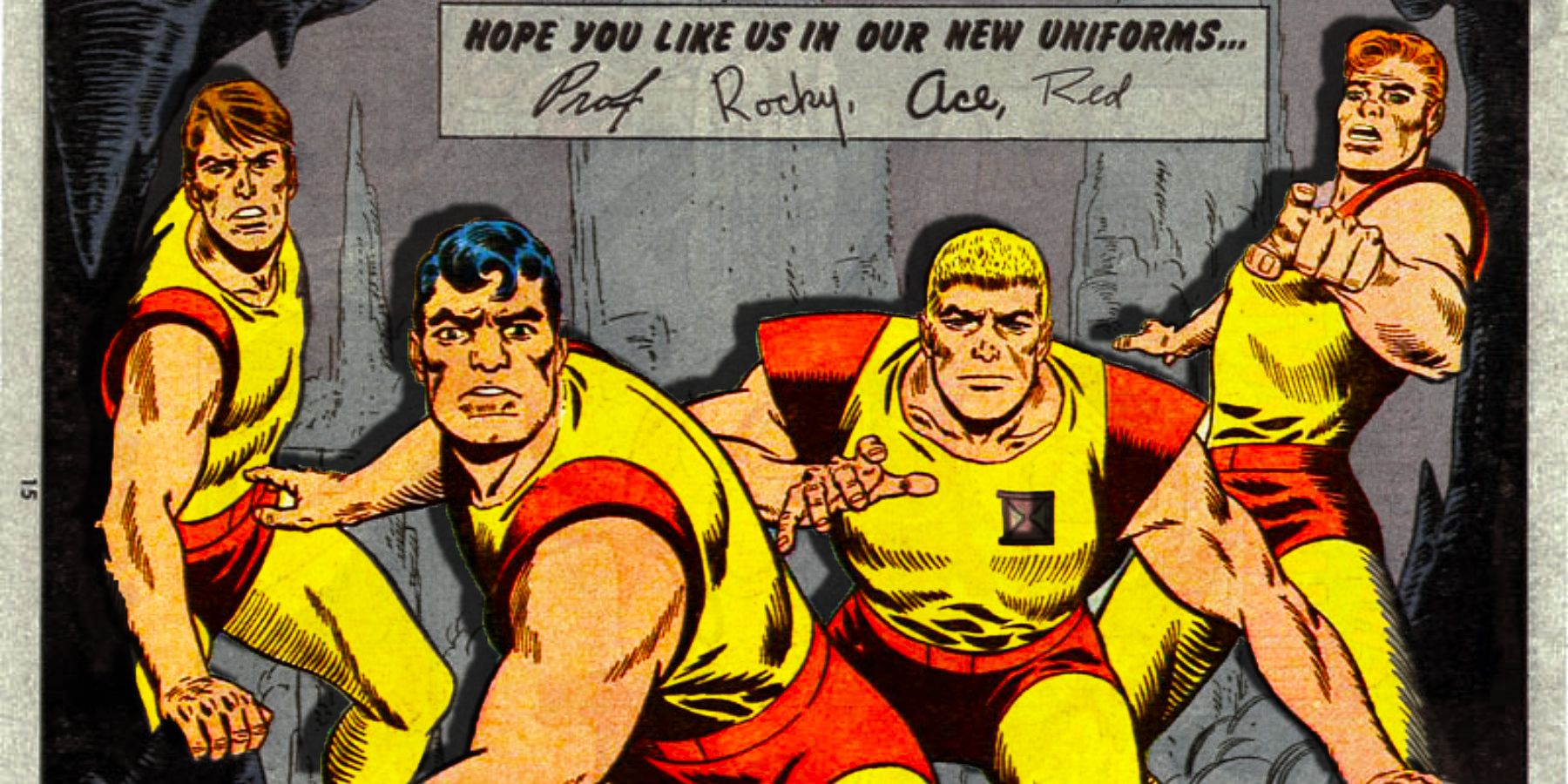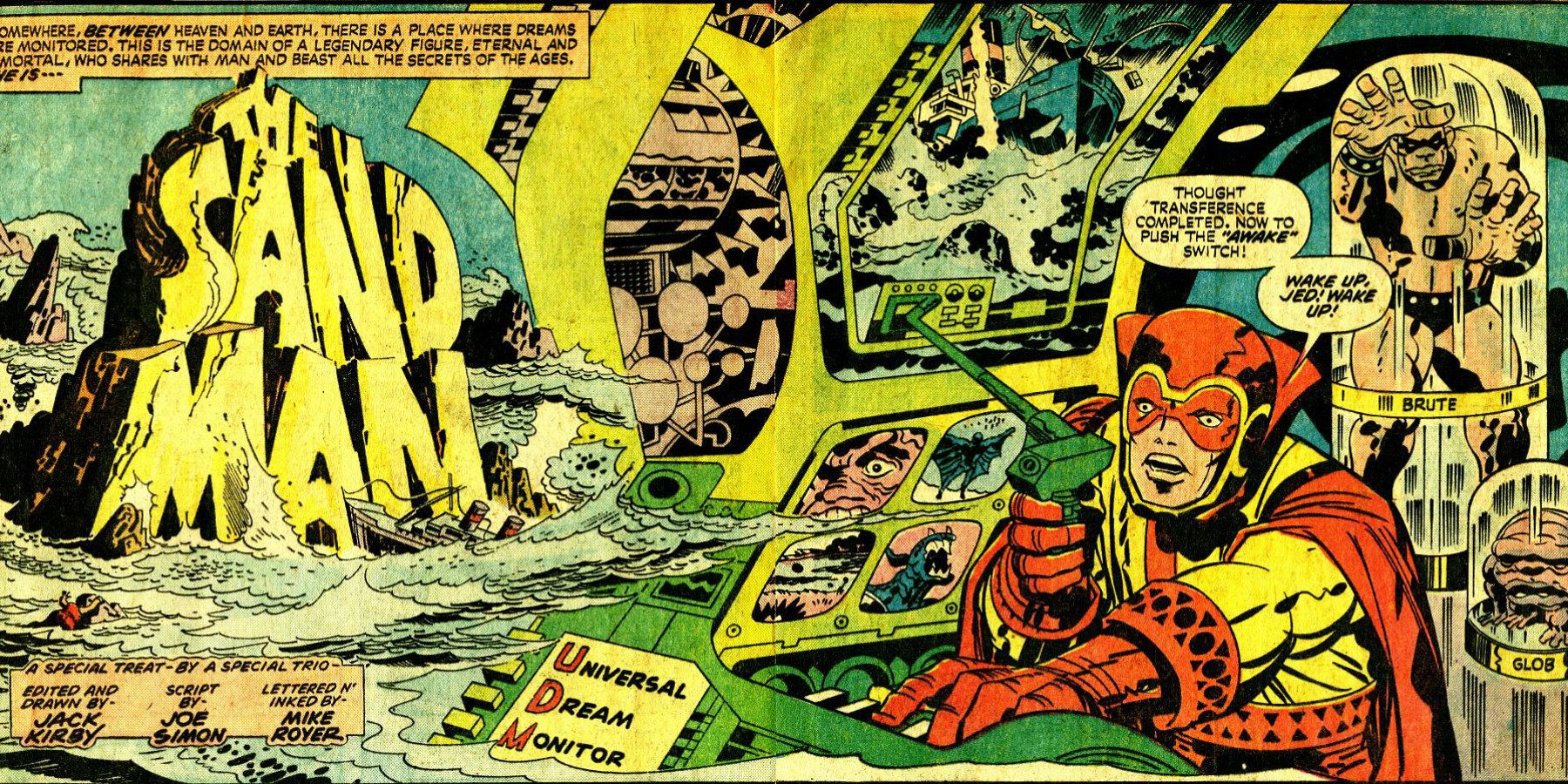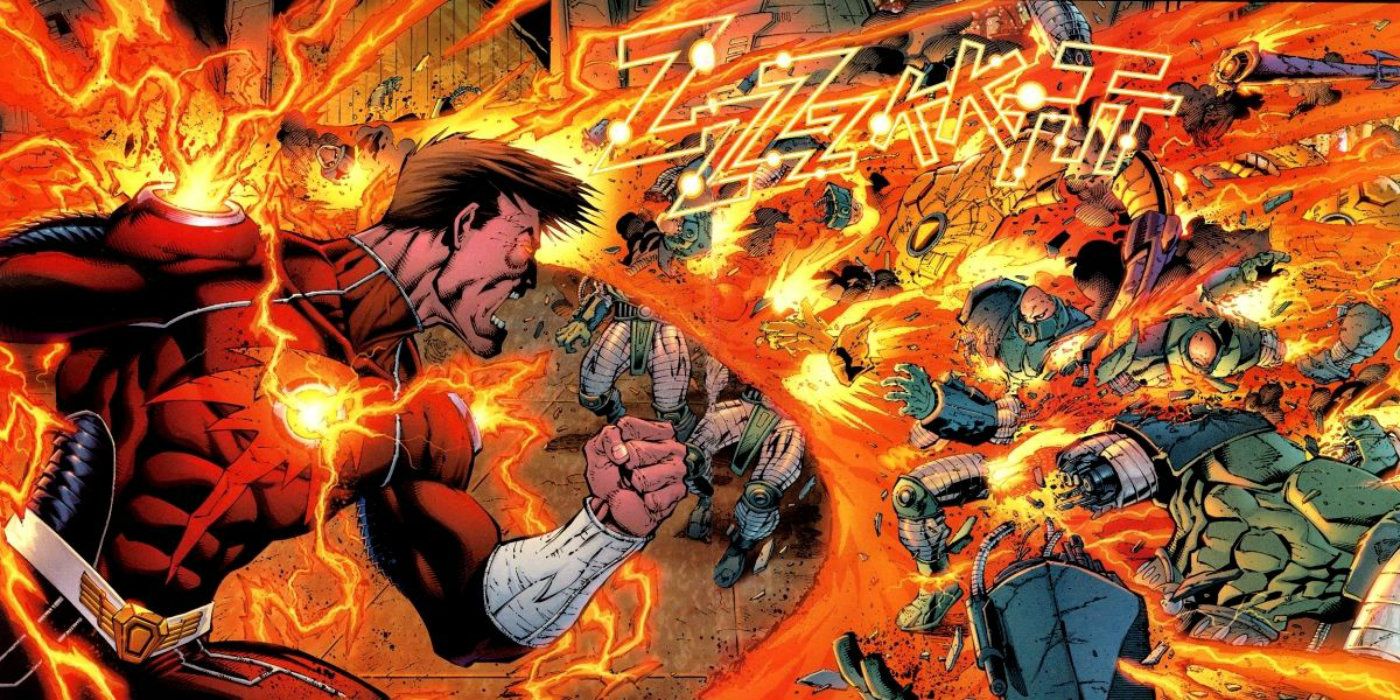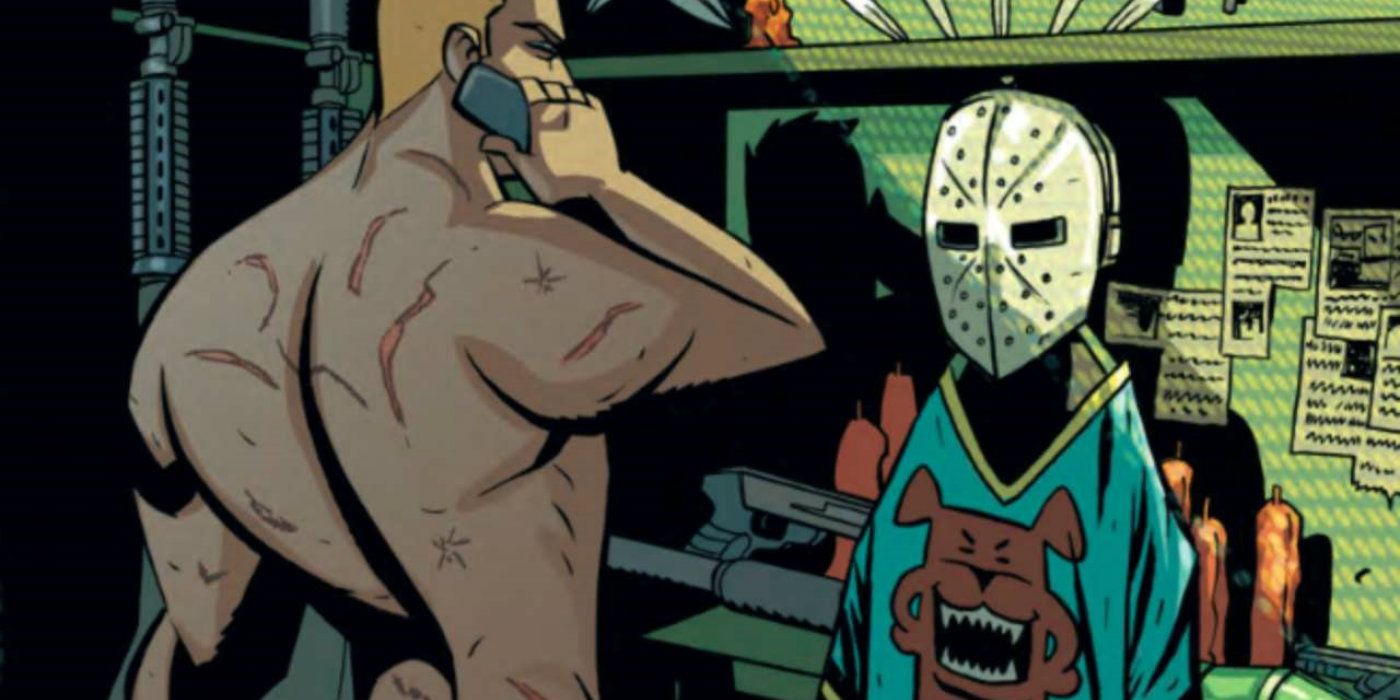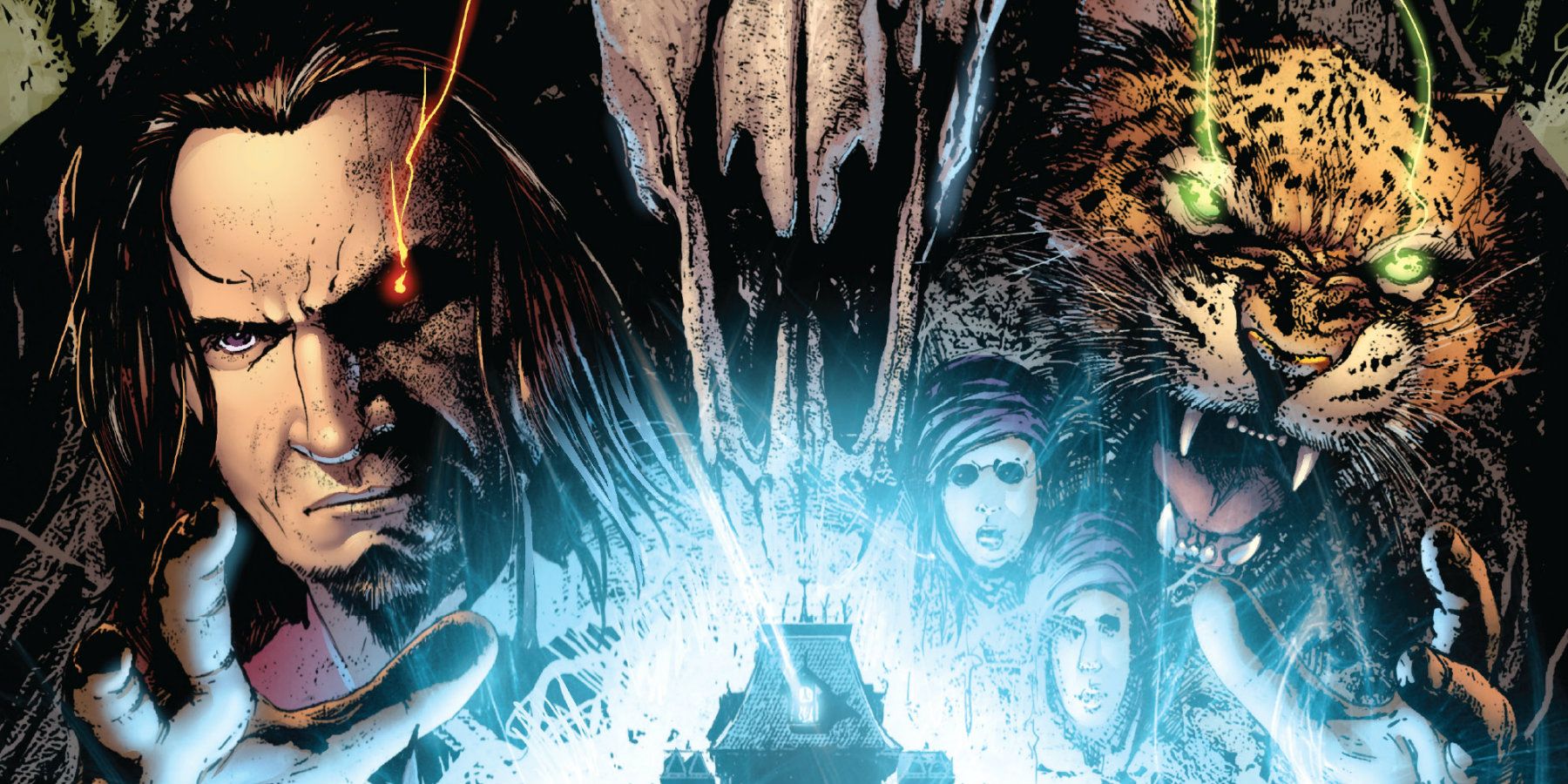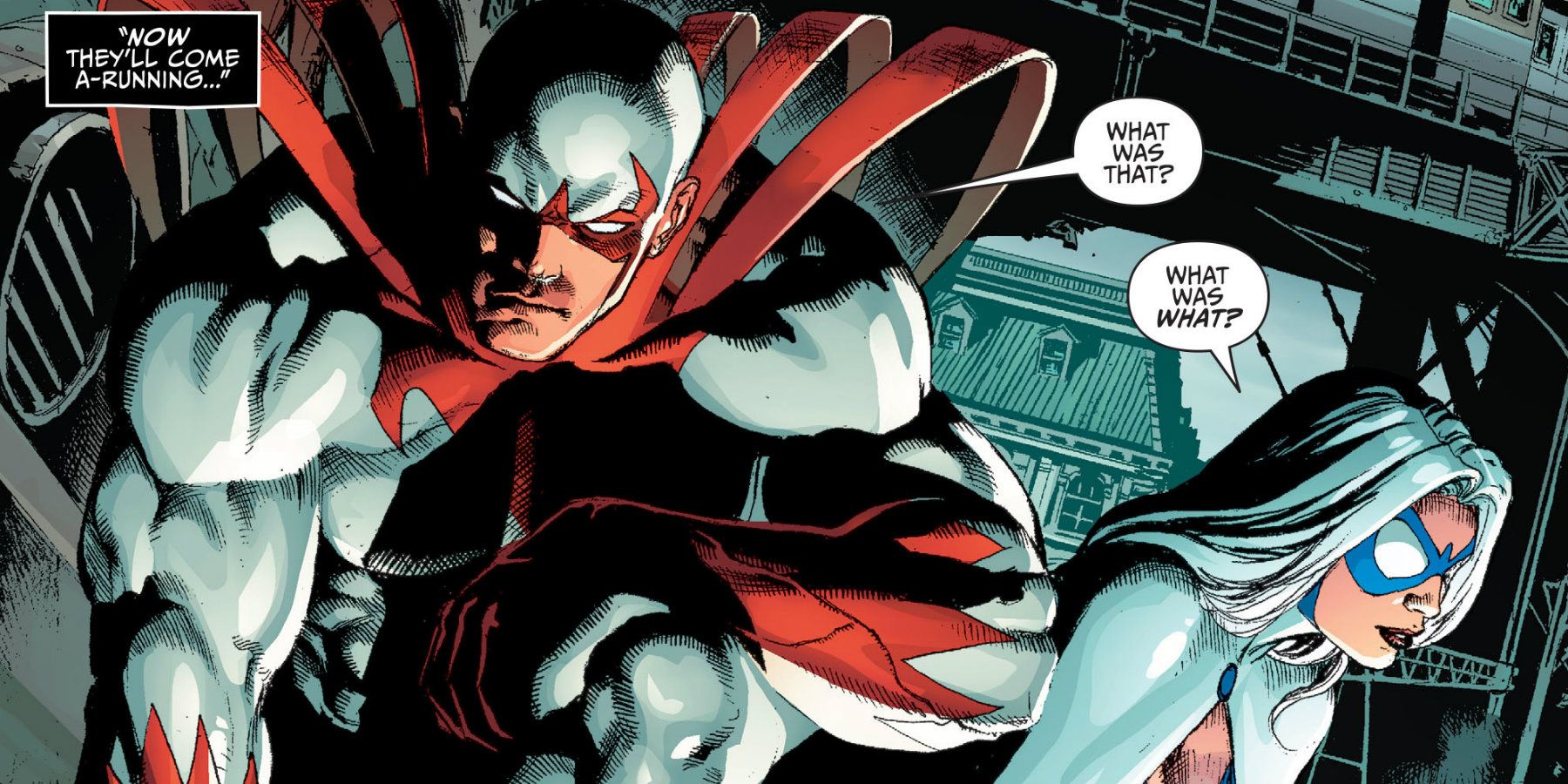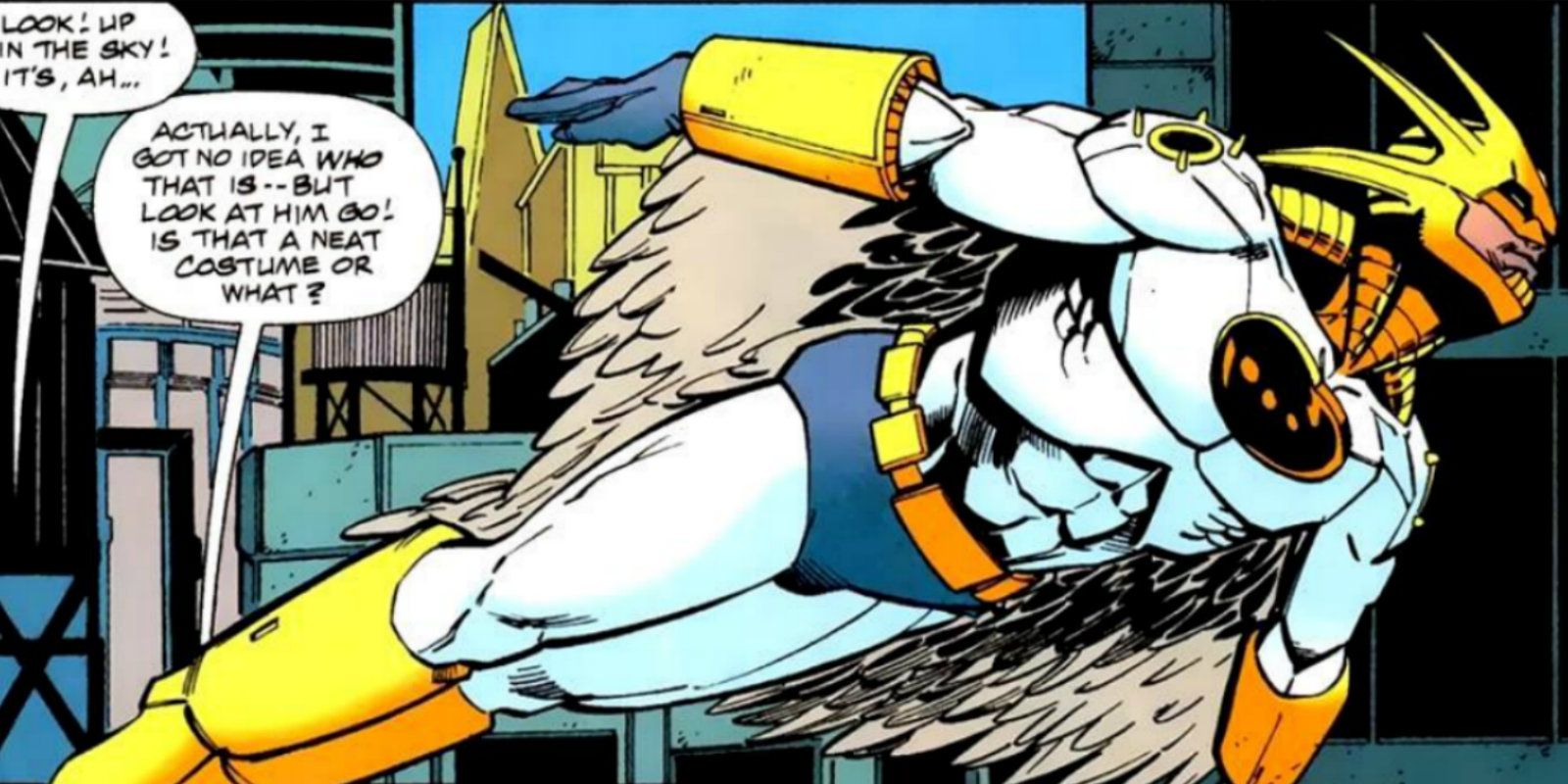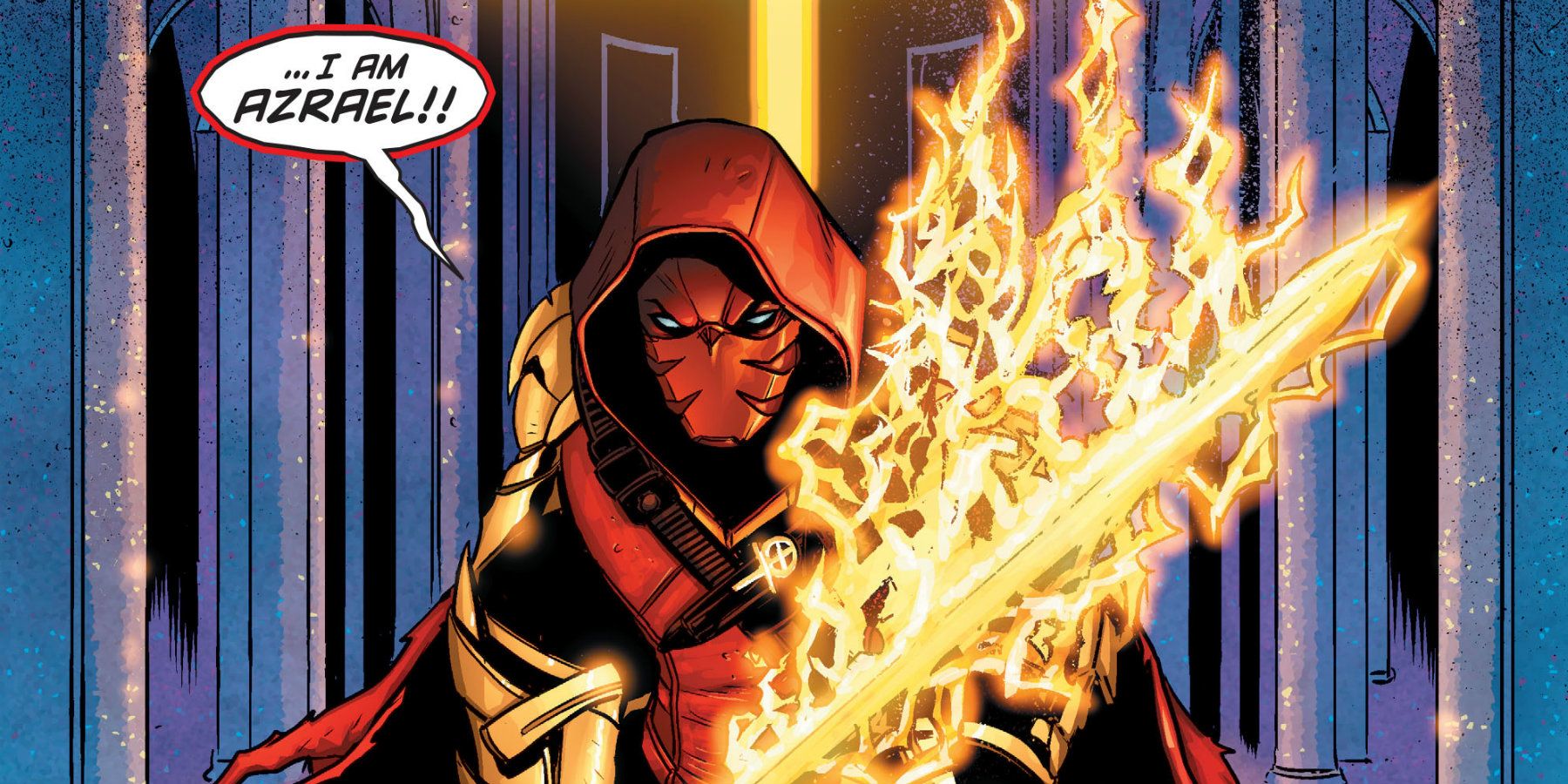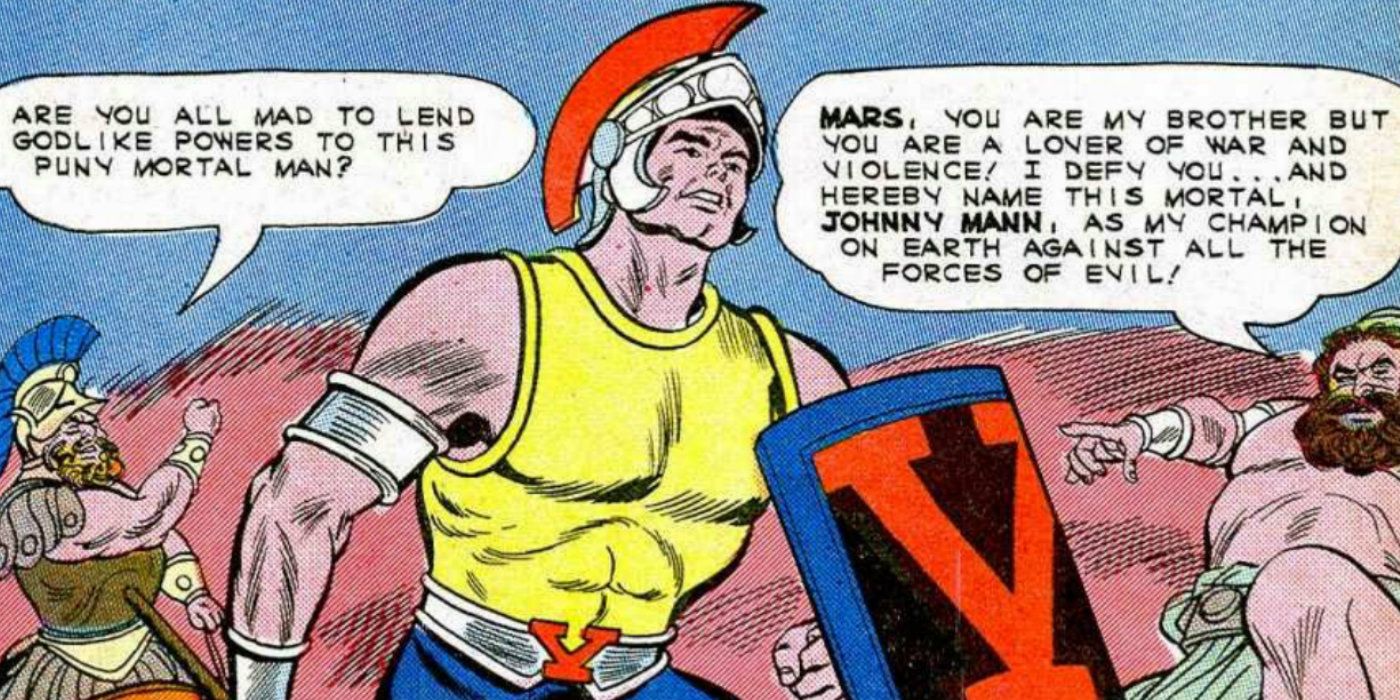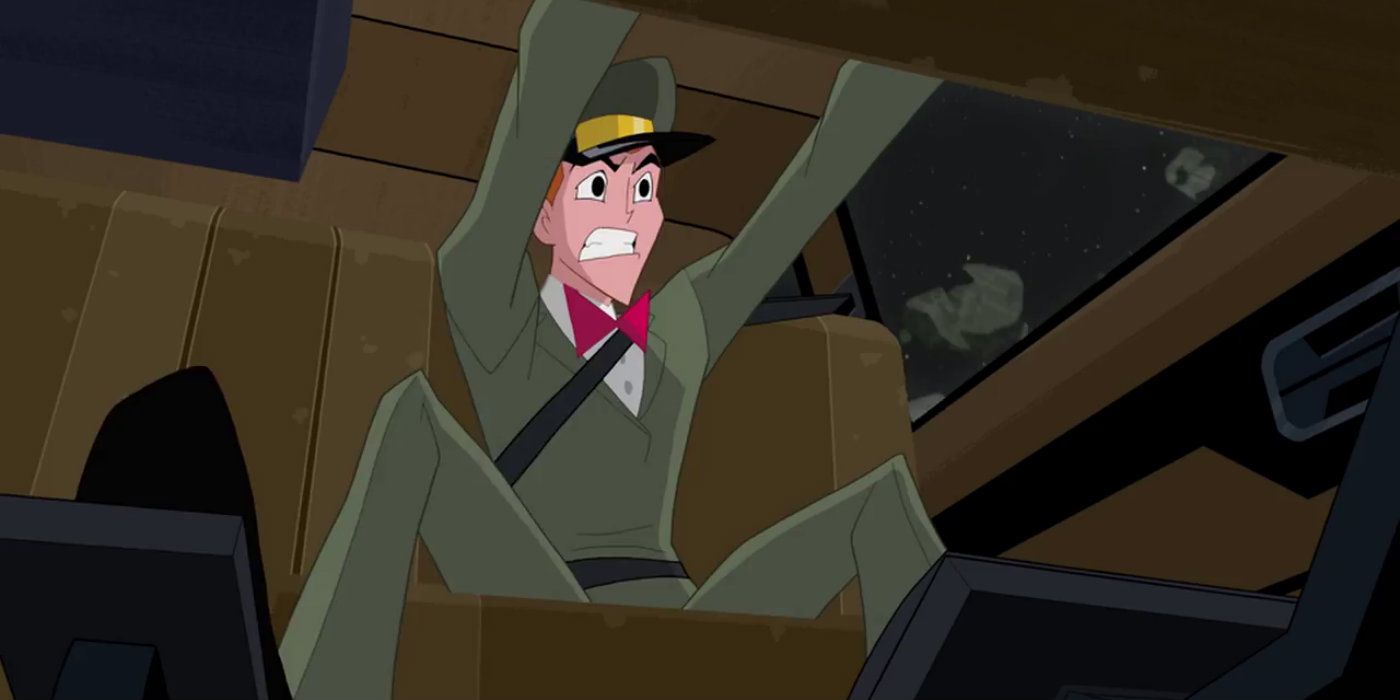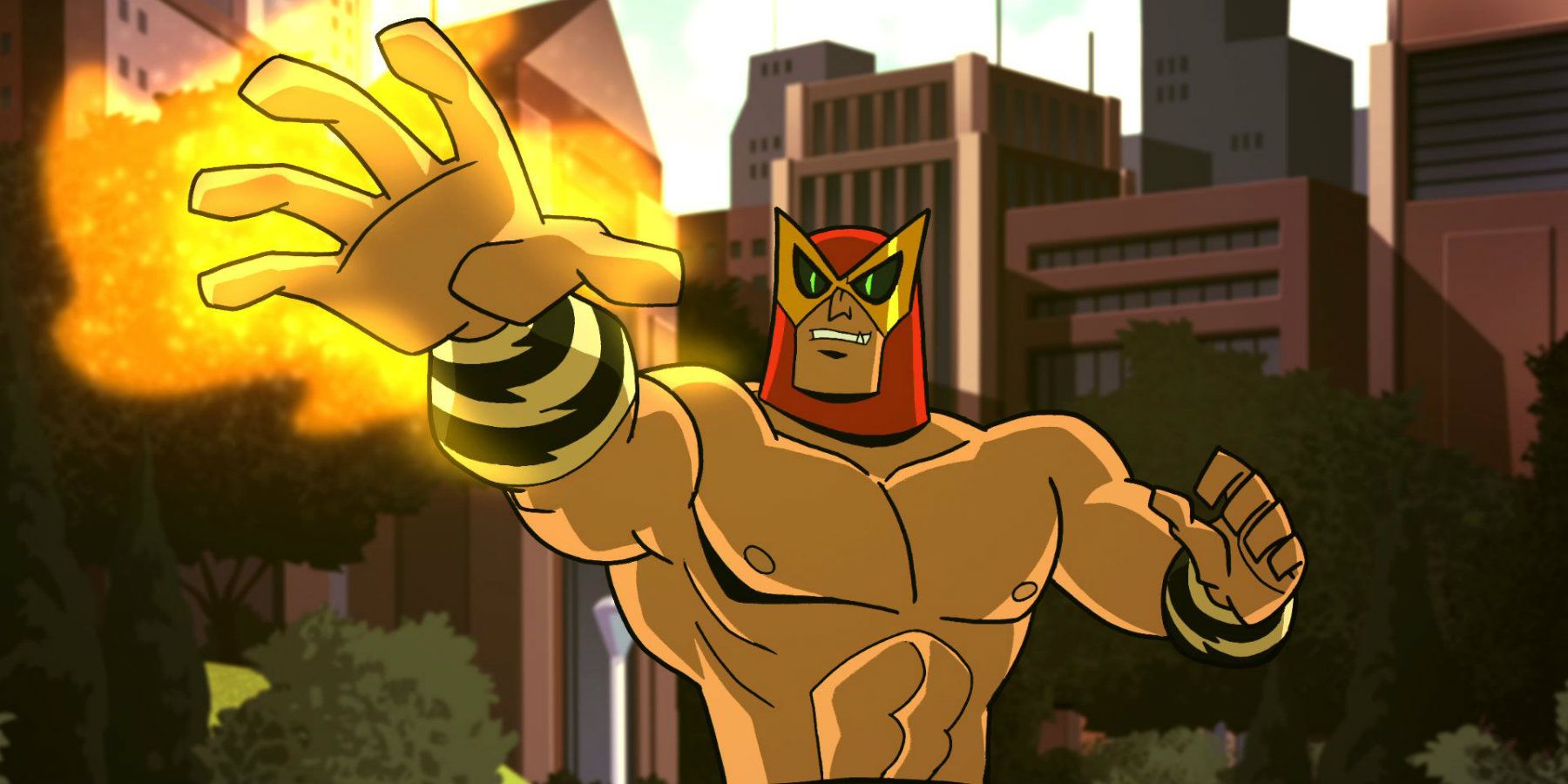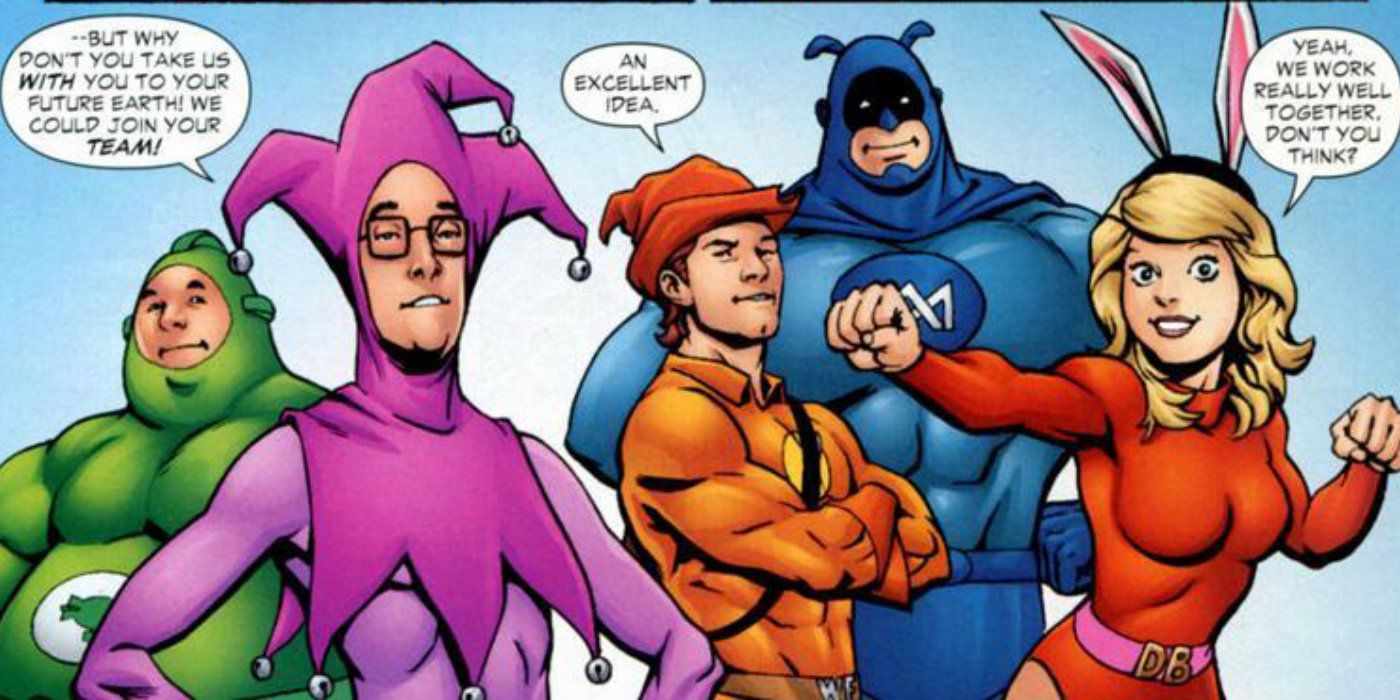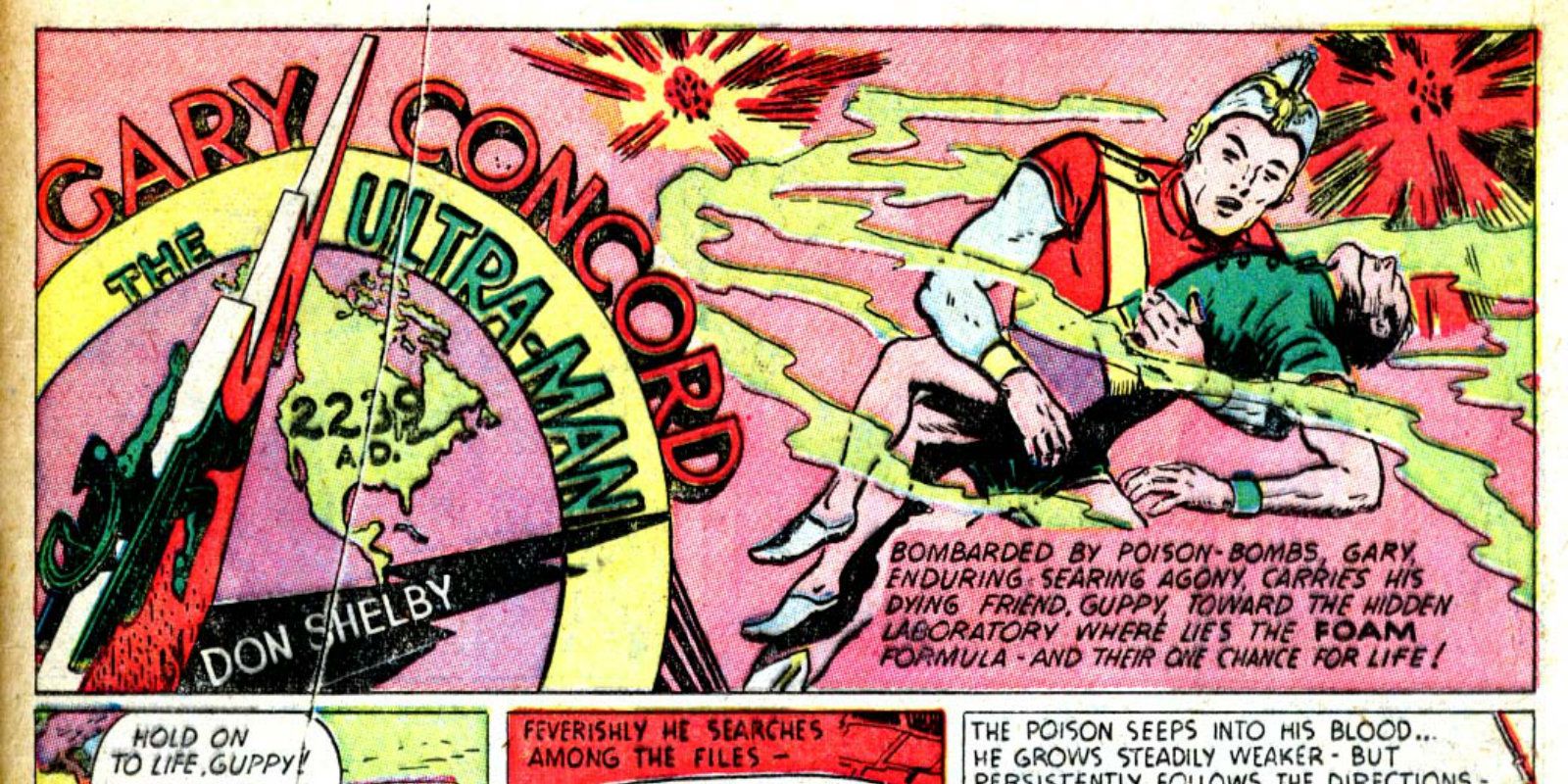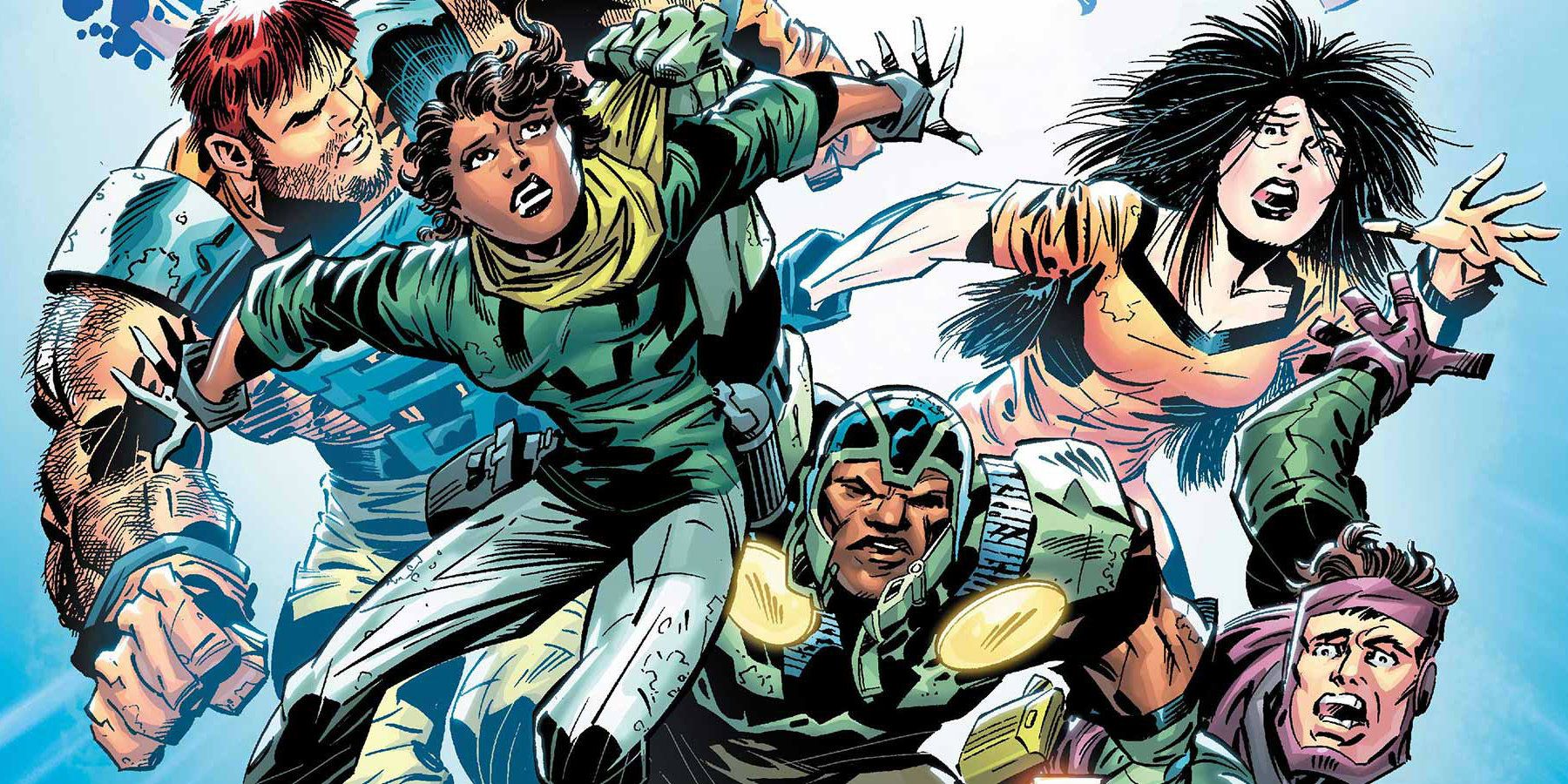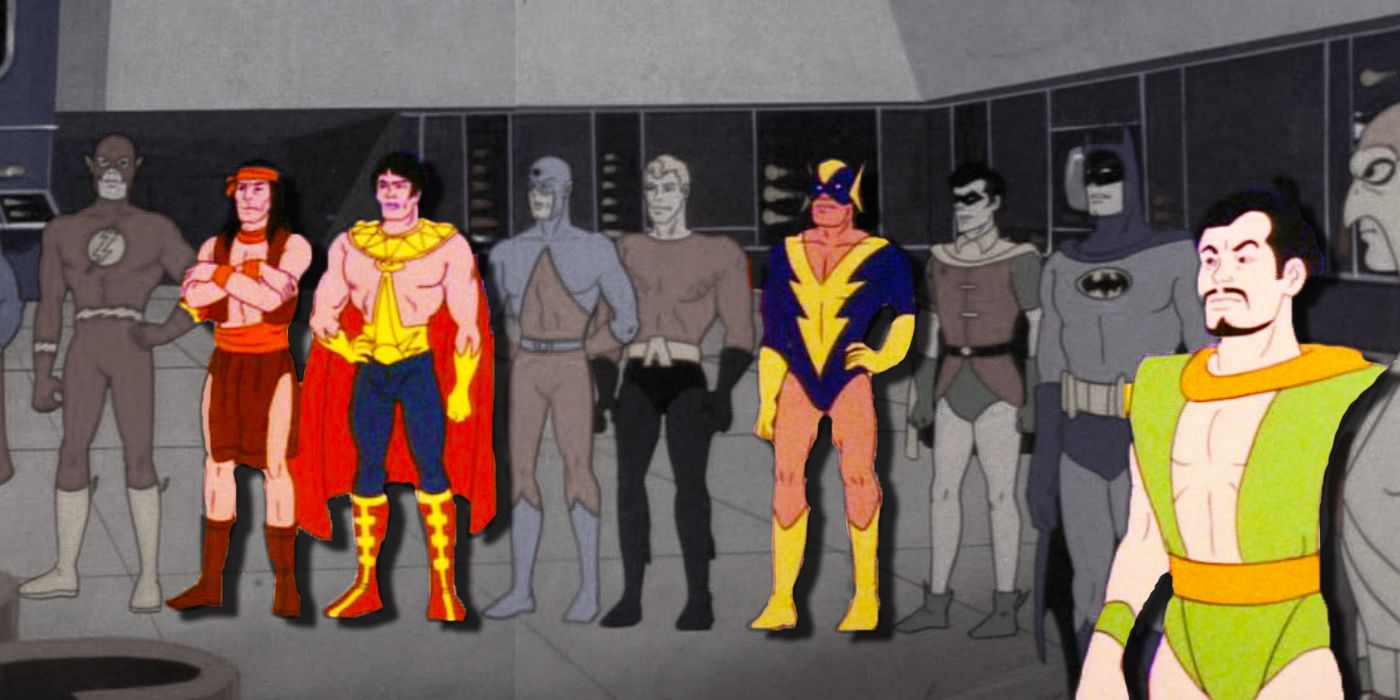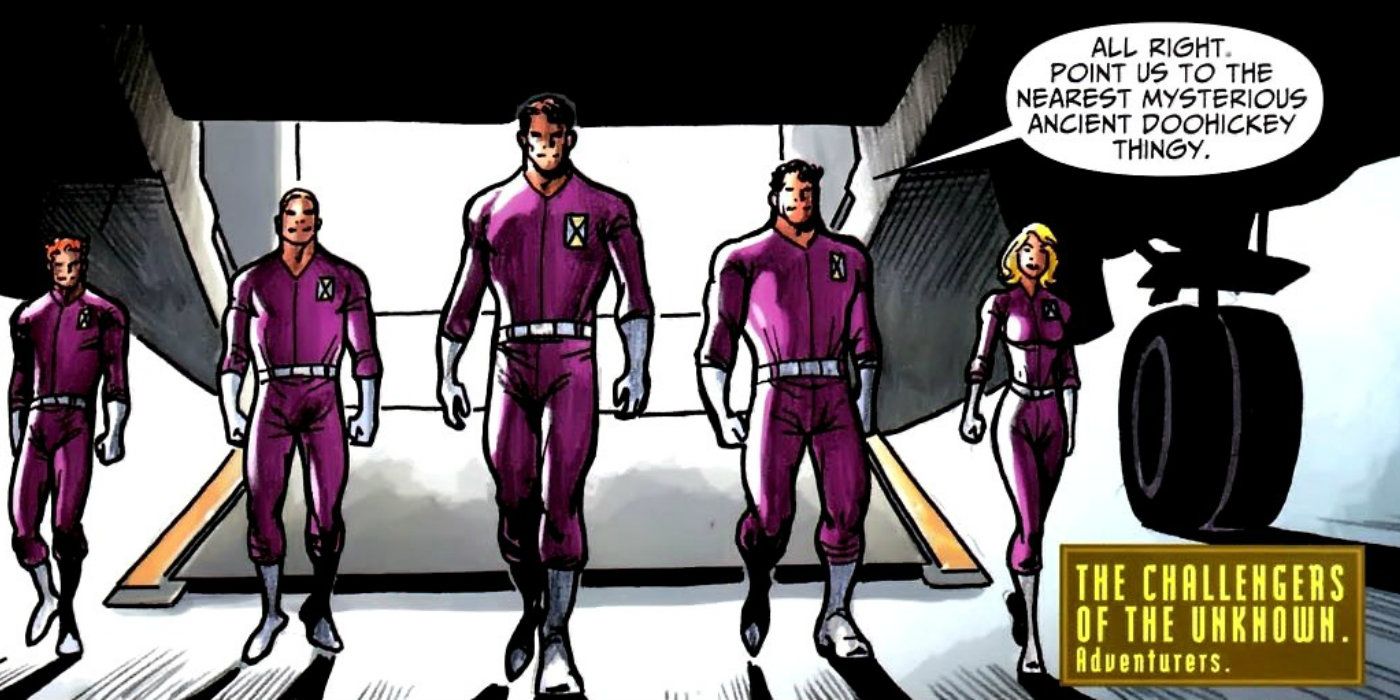SPOILER ALERT: Spoilers for multiple DC Comics stories!
One of the most amazing things about the DC Universe is its sheer vastness. It’s a shared creative space where literally anything is possible. Maintaining a fictional setting of the DCU’s size and scope is a daunting task. Line-wide reboots such as the original "Crisis" or the more recent New 52, while drastic and confusing for many fans, are often necessary to trim the fat and remain relevant to current readers.
RELATED: ResurrXion NeXt: 15 Other X-Men Series That Need To Return
One of the more positive side effects of DC’s many reboots is that it allows the publisher to resurrect its more obscure properties and characters and give them a new lease on life. Gerard Way’s Young Animal imprint and new series, such as “Vigilante: Southland,” show just how deep DC’s bench really is. With that in mind, and the "Rebirth" event in full-swing, we thought it only appropriate to celebrate 15 forgotten heroes who we’d tag into the game for another shot at greatness.
15 Sandman II
Originally conceived by Jack Kirby as the comic book version of the popular Sandman myth, this one-time honorary member of the Justice League was responsible for protecting the children from the constant peril of nightmares. He was assisted by two sentient night terrors, Brute and Glob, and carried around a bag of dream dust, which could instantly put people to sleep. Eventually, this version of Sandman would fade into obscurity as comics readers matured and demanded more sophisticated adventures from their superheroes.
Although he was revived a couple of times over the years -- most notably by Neil Gaiman in his groundbreaking “Sandman” series -- he has never had the juice to stick around. So what makes him a perfect candidate for Rebirth? Well let’s consider what we know about the nature of human consciousness, altered states and even dreams themselves and how much our knowledge has evolved in the decades since Sandman’s original run. The opportunity to explore the mechanics of Dream from a scientific point of view seems like a no-brainer and would set the character apart from past incarnations.
14 Captain Comet
Adam Blake first took up the mantle of Captain Comet in 1951. He was created by legendary editor Julius Schwartz and artists John Broome and Carmine Infantino as a mutant powerhouse, who was “born one hundred thousand years before his time.” Interestingly, he also has the distinction of being the only costumed superhero born between the Golden and Silver Ages of comic books. For years, he was a minor character, one who seemed relegated to the far reaches of the cosmos, rarely interacting with the rest of the DCU. Grant Morrison revived him as the emissary of the alien species, Oort-Kind, on the hunt for fellow Neo Sapiens in the New 52.
We’re sure this seemed like a good idea at the time, but this distinctly unlikeable version of Comet hasn’t appeared since Morrison’s run on “Action Comics” came to its conclusion. Who knows what his status is post-Rebirth? The timing seems perfect for a period piece in the vein of Darwyn Cooke’s masterful “New Frontier,” exploring Captain Comet’s unique historical significance as the only active costumed hero during the Atomic Age.
13 Wild Dog
In one of the stranger developments of the past year, Max Alan Collins and Terry Beatty’s cult classic DIY hero is enjoying something of a renaissance, appearing in the CW’s “Arrow” and popping up in the first issue of Gerard Way’s “Cave Carson Has a Cybernetic Eye.” Not bad for a guy who cobbled his costume together from a bunch of old sports equipment. Predating Mark Millar’s popular “Kick Ass” cycle of books by a few decades, it’s safe to say Wild Dog was a character who was slightly ahead of his time, combining the Punisher’s ultra-violent methods with an everyman quality more reminiscent of Peter Parker.
It’s this everyman quality that DC needs to leverage if they are going to take the admittedly risky step of spinning Wild Dog off into his own series. Even though DC has numerous street-level heroes, most of them are still hard to relate to. Vigilantes like Batman and Green Arrow have traditionally possessed vast financial resources to support their activities. But what about a grease-monkey like Wild Dog? All he has is a hockey mask and a few guns. As the DCU continues to grow and evolve, it’s important that it also stays grounded and doesn’t forget the little guy – something a gritty new Wild Dog series could accomplish very easily.
12 Night Force
Legendary creators Marv Wolfman and Gene Colan created their groundbreaking series “Night Force” in 1982. Anchored by the powerful sorcerer Baron Winters, the series featured a revolving cast of paranormal operatives, who would fight various supernatural evils threatening the earthly plane. The stories were dark and sophisticated and several years ahead of their time. Although the cult hit would enjoy a couple of revivals over the years, the team never seemed to catch on for long with a larger audience.
The DCU’s occult realm is a rich storytelling well from which to draw potential plotlines, and Baron Winters would be supremely positioned to explore those threads. However, Wolfman never intended for Night Force to inhabit the DCU proper. Let’s get back to the book’s anthology roots and let Wolfman and a horde of today’s top talents run wild. Ever since a castrated John Constantine joined the mainstream DC universe, there’s been a decided lack of mature, sophisticated stories exploring the occult from the publisher. Fans are starved for a return to visceral tales of horror and the supernatural; we believe Baron Winters and his team are a great a choice to help readers navigate the dark.
11 Hawk and Dove
Okay, so this entry may be a bit of a hard sell. After all, Hawk and Dove have had numerous chances, in a variety of incarnations, to get over with the fans. There were those times Rob Liefeld drew their stories and another time when Hawk went nuts and almost destroyed the multiverse. Oh, and let’s not forget that odd little offering from the late ‘90s, in which Hawk and Dove were re-imagined as rock musicians caught up in a war between the Lords of Order and Chaos. For now, let’s let the past remain the past and look forward to what could be.
What’s really interesting about Hawk and Dove is the unique dynamic that exists between the two heroes. The war-like Hawk and peace-loving Dove are pretty obvious representations of two dueling philosophies and historically exist at odds with each other to one degree or another. Their relationship presents creators with a natural inroad into real-world issues and current events; situations where there is no clear delineation between right and wrong. A book exploring morally ambiguous themes culled from the headlines could be just the thing Hawk and Dove needs to finally resonate with readers.
10 Aztek
This former Justice Leaguer (and Grant Morrison-Mark Millar creation) embodied the culmination of years of mental and physical training, in preparation to receive the spirit of the Aztec god Quetzacoatl. Wearing the god’s ancient helmet and its accompanying battle-suit, Aztek became his willing human vessel and was granted a variety of superhuman abilities. He served briefly with the Justice League but resigned when he discovered Lex Luthor was an investor in the secret society that created him. Later, he would sacrifice his life fulfilling his destiny during World War III. In the classic Morrison-era JLA storyline “Rock of Ages,” a different Aztek appeared also sacrificing her life -- this time to destroy Darkseid’s lunar base in an alternate timeline.
As one of the few original superheroes of any merit to come out of the ‘90s, Aztek managed to garner a loyal following among fans. His rich back story and connections to several different corners of the DCU warrant further exploration. His deep ties to Mexican culture and folklore help distinguish him from the majority of his bland contemporaries and would provide much-needed insight into a corner of the DC universe we’ve only ever had brief glimpses of to date.
9 Azrael
We know what you’re thinking: the last thing DC needs right now is another Batman book. Hear us out, though. Azrael has the potential to be much more than an ultra-violent stand-in for the Caped Crusader. As the latest in a long line of brainwashed assassins produced by the mysterious Order of St. Dumas, Azrael is steeped in religious dogma and apocryphal pseudo-Christian mysticism. It’s a potent confluence of ingredients, as authors like Dan Brown have discovered in books like “Inferno” and “The Da Vinci Code”.
Azrael is an antihero constantly striving for redemption, a remarkably complex character, once you strip away the excessive ties to the Bat. As a product of what is essentially an extremist religious cult, the character represents a unique point of view in a world in which issues of faith are much more divisive than when he first appeared three decades ago. An Azrael, retooled as a hero and drawn into cases of religious abuse or persecution set against a backdrop international conspiracy, would help distinguish him from the rest of the Batverse, while building upon the character’s rich history.
8 Son of Vulcan
Evoking elements of both Shazam and Wonder Woman, this former Charlton Comics character shared a rather interesting history with both characters later in his career. Like Shazam’s friend Freddy Freeman, Michael Mann is disabled, losing one of his legs during the Korean War. That didn’t stop him from becoming a hard-nosed, globe-trotting investigative journalist. He was granted the power of the Roman god Vulcan, which not only made him whole, but granted him enhanced strength, speed, senses and the ability to project fireballs straight from his patron’s otherworldly forge.
An unrelated Son of Vulcan, powered up by a metagene virus created by the White Martians, ran with the Teen Titans for a while, but lacked enough of a connection to the rest of the DCU to support an ongoing series. While Mann hasn’t been seen since playing a major role in the ill-fated War of the Gods event, it would be interesting to see what would happen if his origins were attached to a younger protégé. Roman mythology only needs to be the jumping-on point. There’s a whole world of vibrant mythologies out there to investigate, and who better to explore them than the Son of Vulcan?
7 Space Cabbie
You might not think it to look at him, but there’s more to Space Cabbie than meets the eye. First appearing in 1954’s “Mystery in Space” #21, this Otto Binder creation was born in the 22nd century and drove for 9-Planet Taxi. Although he initially acted as something of a sci-fi anthology host, narrating tales of daring space adventure for his fares, he quickly found himself dragged into many misadventures of his own.
This working-class adventurer, who often took jobs in the present to pay the bills, has a largely unexplored back story that hints at a childhood living under an interstellar tyrant and distinguished military service as an ace pilot and navigator. With his reputation as someone who can get his fares anywhere in the universe, it’s no wonder Space Cabbie enjoys a lasting fascination for modern creators, as evidenced by his inclusion in the “Justice League Action” animated series. What better time, then, for a new “man-on-the-street” series exploring the DC cosmos from the comfort of cab #7433’s back seat?
6 B’wana Beast
At first glance, B’wana Beast would appear to be the perfect poster child for cultural appropriation -- a white guy named Mike Maxwell travels to Africa and gains the power to communicate with animals and merge up to four creatures into one chimera-like beast. Garbed in nothing but a loin cloth and the weirdest looking helmet this side of Magneto, the original B’wana Beast protected the African countryside from poachers and the like, until passing his legacy on to Dominic Mndawe in the pages of "Animal Man." A South African political activist, Dominic took the much cooler name of Freedom Beast and used his role as a superhero to fight political oppression.
Despite the abject silliness of the character’s core concept, and while fixing those nagging questions of cultural appropriation, the character has potential as a learning aid. Repackaged as an educational ambassador, B’wana Beast could teach kids about wildlife, the environment and the need to preserve both. This new career direction would of course mean Mndawe and/or Mann would have to leash the Beast, so to speak, or at very least put on some freaking clothes!
5 The Inferior Five
One has to wonder if a book starring characters like the Inferior Five would ever get made today. Although they were originally intended as innocent pastiches of DC’s most prominent heroes, Merryman, Awkwardman, White Feather, Blimpman and Dumb Bunny might play a lot differently to modern audiences. In a society ever more conscious of cultural stereotypes, a series perpetuating negative depictions of nerd culture, women and obesity would likely go over about a well as Donald Trump invading an Oprah Book Club meeting. That being said, perhaps we’re missing a unique opportunity with the Inferior Five.
Bullying, in all of its myriad forms, is a hot button issue right now. One need only look to any number of despicable incidents on social media in recent days for ample evidence supporting the increase in online bullying and intimidation. A series targeting a more sophisticated audience could serve as a symbol of empowerment for anyone who feels marginalized and beaten down by Twitter tyrants, misogynist rhetoric and conformist intolerance. A book called the Inferior Five that flips the paradigm on its ear? Now that’s a book we could get behind.
4 Ultra-Man (Gary Concord)
Unrelated to the Crime Syndicate’s inverted Superman analog, Gary Concord Sr. was the original Ultra-Man, first appearing near the beginning of comics’ Golden Age in 1939. Born in 1950, Gary was a pacifist and scientist dedicated to finding a way to stopping all war. A lab accident would thrust him into suspended animation for centuries, until he awoke with a host of superhuman abilities in the year 2174. Possessed of an unusually long lifespan, he sired his son Gary Jr. in 2214, who would later take up the Ultra-Man legacy after his father’s death from natural causes.
With his connections to multiple time periods, an encounter with the Legion of Super-Heroes in the 30th century and an appearance in Grant Morrison’s “Multiversity,” Ultra-Man seems well-suited to the role of time traveler and explorer of the multiverse. A series focused on his long history or exploring his potential future could help tie together the DCU’s many far-flung timelines, and rejuvenate this forgotten adventurer’s mojo in appropriately operatic fashion.
3 The Forever People
Once holding an important role in Jack Kirby’s epic Fourth World cycle, the Forever People never enjoyed the profile of other New Gods like Mister Miracle, Orion or even Lightray. Dan Didio and Keith Giffen took a stab at reviving the group for modern readers but pulled the plug on the series after only nine issues. Originally conceived as something of a bohemian take on superheroes, Kirby’s teen heroes lacked the gravity of his more mature creations. Grant Morrison attempted a 21st century upgrade as youthful Japanese representatives of his Fifth World concept during "Final Crisis," but the idea was never followed up.
The road to success for Mark Moonrider, Beautiful Dreamer, Serafin, Vykin and Big Bear may lie somewhere in the middle ground between all of these interpretations. A series featuring an Earth-bound team of subversive teenaged New Gods could provide readers with a hip, relevant series that has its fingers on the pulse of a new generation looking for more out of their superheroes. Tackling modern real-world issues with that bold, robust Kirby swagger, a new media-savvy team of Forever People could maintain their ties to the past, while providing a fresh twist on the New Gods.
2 Forgotten (Super) Friends
El Dorado. Apache Chief. Samurai. Black Vulcan. Just typing their names feels like a pitch for an episode of Oprah’s “Where Are They Now” but for a handful of years in the ‘80s, all four heroes graced our television screens as members of the popular Super Friends. In recent years, the characters have suffered from disparaging parody and valid charges of promoting negative ethnic stereotypes. Aside from satirical appearances on shows such as “Harvey Birdman, Attorney at Law” and “Family Guy” years after their television heyday, these lost members of the Super Friends have languished in obscurity.
We maintain that a modern reinterpretation of this cadre of diverse heroes wouldn’t be out of order. Consider, if you will, a blatantly self-aware series with a metafictional bent that not only upgrades the characters’ depiction, but also expands their own personal mythologies. Perhaps they could attempt to solve the mystery of their own absences from DC continuity or delve into a previously unrevealed era of the Justice League. Just what is the secret history of the forgotten Super Friends? And, indeed, where are they now?
1 Challengers of the Unknown
The Challengers of the Unknown aren’t exactly unknown to the majority of respectable comic book readers, but the potential of this team of Jack Kirby creations has never really been realized since their original ongoing series in the Silver Age. A group of random individuals, the sole survivors of a tragic airplane crash, they all agree to use the borrowed time they’ve been granted to exploring the unknown. Their many adventures were often outlandishly strange and ran the gamut of classic comic book conventions. From mad scientists to occult invasions, the "Challs" saw it all. Later, they would inspire the creation of similar explorer-heroes, such as the Fantastic Four and Planetary.
A DC Universe without some version of the Challengers of the Unknown is always going to feel a little empty. As Warren Ellis proved with Planetary, and as Marvel is proving with events like Monsters Unleashed, there’s still plenty of room for the madcap adventures exploring the lost, forgotten corners of the DCU.
Who are your favorite forgotten heroes? Let us know in the Comments!

